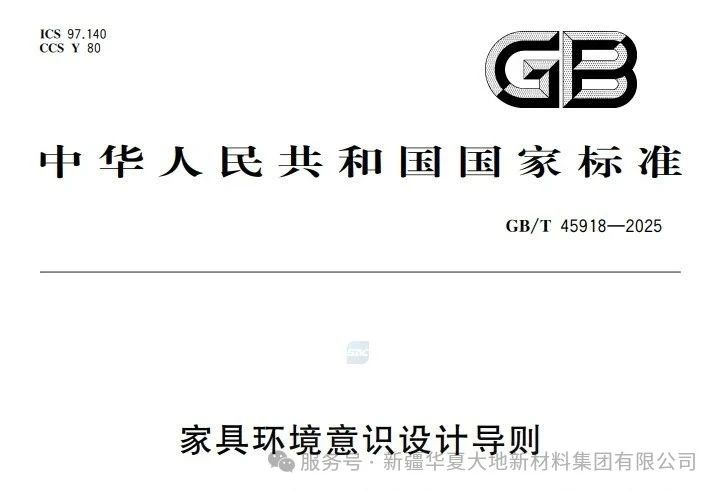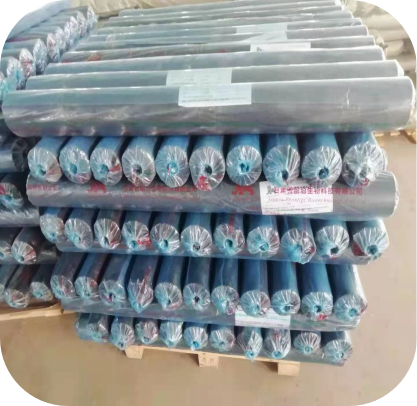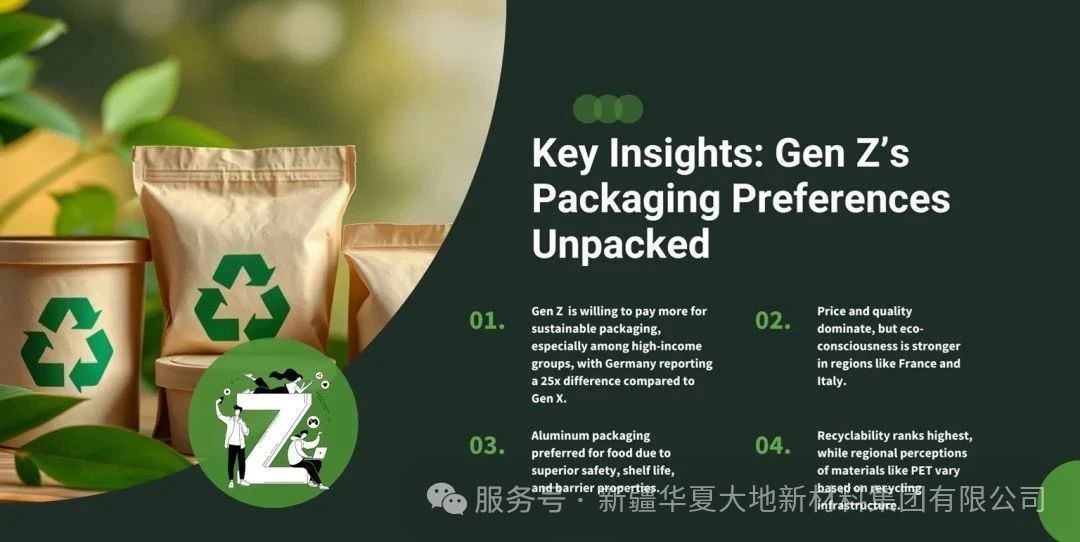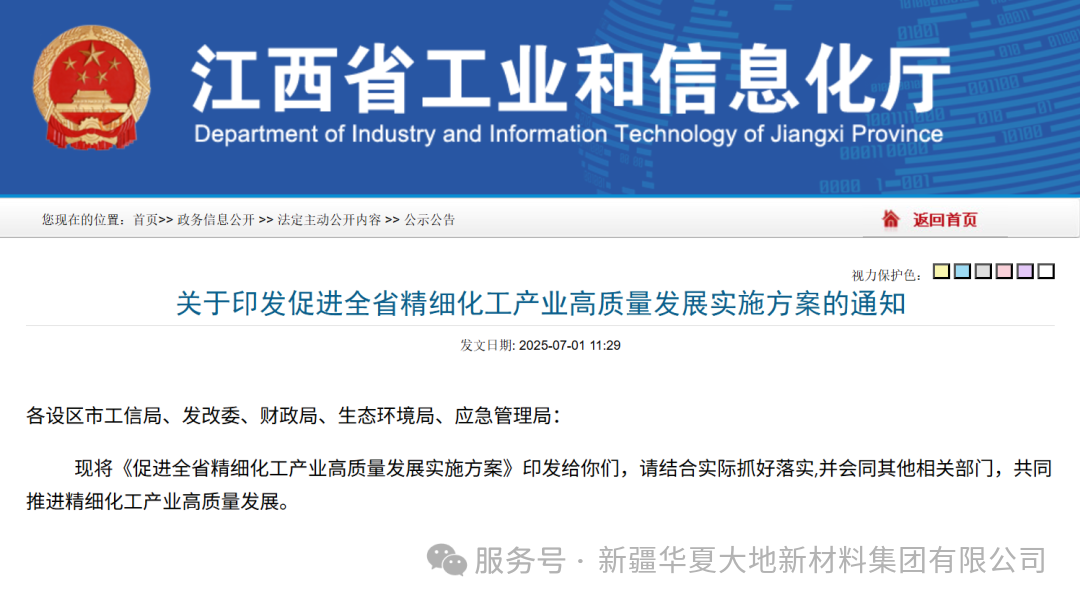Recently, the national standard "Guidelines for Environmental Consciousness Design of Furniture" GB/T 45918-2025 was released and will come into effect on January 1, 2026.

This standard integrates environmental awareness design concepts throughout the entire life cycle of furniture products, from raw material procurement, production and manufacturing, transportation and sales, to use and maintenance, and recycling and disposal. It sets out detailed design and development requirements for each stage, aiming to reduce the potential impact of furniture products on human health and the ecological environment, and promote the transformation and upgrading of the furniture industry towards a green and sustainable direction.
During the raw material acquisition stage, design should focus on the impact on human health and the environment. Avoid or minimize the use of raw materials containing substances harmful to human health and the environment, and try to reduce the variety of raw materials used, choosing materials that can be directly recycled and reused.
During the production and manufacturing stage, design should focus on production energy consumption and pollutant emissions.
During the transportation and sales stage, which includes packaging and the transportation and storage of products from the manufacturing site to the end-user's location, the design should follow the following principles:
For furniture products, pay attention to the design of packaging volume. Under the premise of meeting the requirements, choose packaging materials with low density and also pay attention to the amount used.
b) Try to use recyclable and reusable packaging materials. If possible, establish recycling channels for packaging materials and formulate measures to promote their recycling.
c) Try to use degradable plastic packaging materials. Inks, dyes, stabilizers and heavy metals can be harmful to human health and the environment, so try to avoid using them in packaging design. On the packaging appearance, design and print recycling information labels and instructions for handling harmful substances contained.
During the usage and maintenance stage, the design should focus on product safety in use and convenience of maintenance.
During the recycling and disposal stage, the design should focus on the product's recycling and treatment methods. It is necessary to provide reasonable separation methods or treatment channels for recyclable and non-recyclable materials as much as possible, and to provide information beneficial to material recycling and utilization to consumers, recycling and treatment organizations and other stakeholders through appropriate means.







